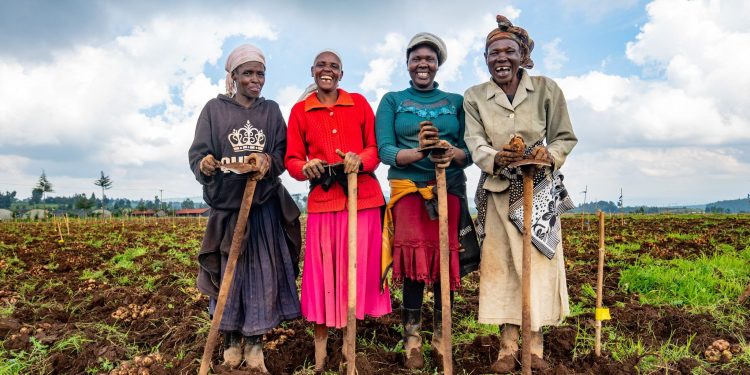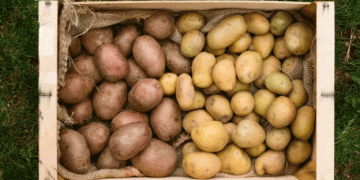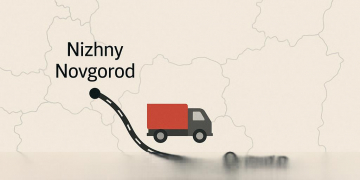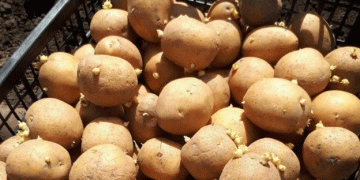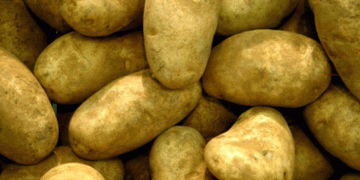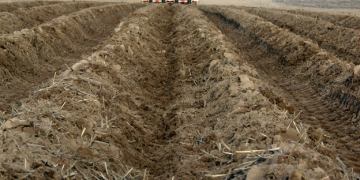Efforts Underway to Develop Disease-Resistant Varieties Amidst Threats to Yields
In the late 1800s, early settlers and missionaries recognized the potential of Kenya’s highlands for potato cultivation, and their foresight proved accurate as potatoes have become the second most consumed and produced food crop in Kenya. However, the crop now faces a significant threat from late blight, a devastating disease historically linked to the Irish Potato Famine.
To address this challenge, Thiago Mendes, a potato breeder with the International Potato Center (CIP), has been leading efforts to develop late blight-resistant potato varieties in East Africa. His work is supported by the BOLD Project of the Crop Trust, which is funded by the Government of Norway. Mendes is utilizing germplasm from wild potato relatives that have naturally developed resistance to late blight. By employing traditional breeding techniques, Mendes aims to transfer these resistance traits to commercial, high-yielding potato varieties.
During a recent visit to the central highlands of Kenya, the process of developing these new potato varieties was observed firsthand. Mendes and his team coordinated the harvesting of thousands of plants, each representing a unique crossbreed. After harvest, local farmers were involved in the selection process. They evaluated various traits such as tuber size, skin color, and cooking time, and chose the potatoes they preferred from the harvested piles.
The selected genotypes, which have shown the best resistance to late blight and the most desirable traits based on farmer preferences, will be subjected to advanced trials. The goal is to identify the most promising varieties for national release, offering a potential solution to improve yields and resilience in Kenyan potato farming.
